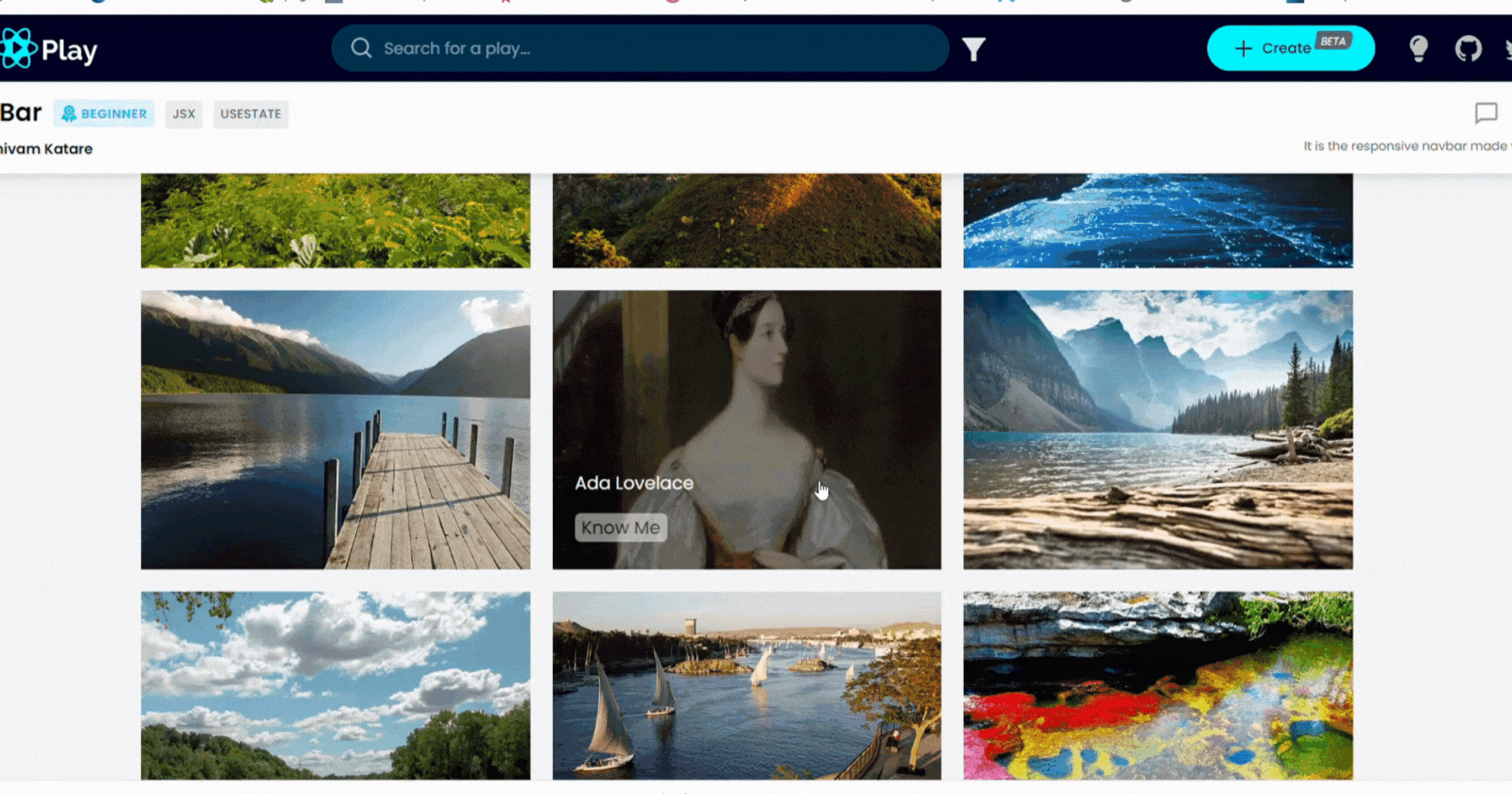Debugging is an essential part of the development process. It involves identifying and removing errors, also known as bugs, from computer programs. Without debugging, applications are vulnerable to crashes, performance difficulties, and security flaws. Therefore, the ability to debug effectively is crucial for any software developer.
In this blog, we'll look at the art of debugging, its significance, and some best practices for becoming a master debugger.
Why Debugging Matters
Debugging is a critical aspect of development. Finding and fixing bugs can help to ensure that software is reliable, efficient, and secure. Debugging also helps to improve the overall quality of software, making it more user-friendly and easier to maintain.
Effective debugging can also save developers time and money. When bugs are caught early on in the development process, they are typically easier and cheaper to fix. Conversely, bugs that go undetected can result in expensive and time-consuming troubleshooting and patching.
Debugging can also be a challenging and frustrating task. Debugging requires patience, perseverance, and attention to detail. However, the ability to debug effectively is a skill that can be developed over time.
Best Practices for Debugging
Here are some best practices to help us become good debuggers:
Reproduce the Issue: Before we can debug a bug, we need to be able to reproduce it. This means we need to identify the steps that cause the bug to occur. Reproducing the issue can help us isolate the problem and identify the root cause.
Track of Changes: It is necessary to maintain track of any changes made to the code. This can help us identify when the bug was introduced and what might be causing it.
Use Debugging Tools: Debugging tools, such as debuggers and profilers, can help us identify the source of the bug. These tools can also help us analyze code execution and identify performance bottlenecks.
Take a Break: Debugging can be a frustrating and time-consuming process. It's mandatory to take breaks to avoid burnout and maintain focus.
Collaborate: Sometimes, debugging can benefit from fresh eyes. Collaborating with other developers can help us identify the root cause of the bug and find a solution more quickly.
Test Fixes: Once we have identified and fixed the bug, it's mandatory to test our fix thoroughly. This can help us ensure that the bug has been resolved.
Overcoming Debugging Challenges
The most effective way to learn the valuable skill of debugging is through hands-on experience, as I discovered during the creation of my project, the Talkative Image Gallery. This OS app allows users to click on an image and receive a spoken fact about the selected image. In this section, I will share my experiences and insights gained through the debugging process while working on this open-source project.

The main problem I faced while building the Talkative Image Gallery was getting the app to speak on clicking the image. I had to use speechSynthesis for this purpose. Initially, it worked, but there were issues with the default voice and the fact that the speechSynthesis function had to finish speaking the first text before it could start speaking the next one.
To resolve this issue, I had to do some research, and I found a solution to change the voice from the default voice by using the voice property of the speechSynthesis function. However, the second issue of getting the app to speak new text with every click was a bit more challenging.
I looked for a solution on StackOverflow, but I couldn't locate one that worked for me. Then, I spent a whole day researching and experimenting with different approaches until I found an idea. Instead of using the onClick function to set the new text on speechSynthesis, I used the onMouseUp function to set the fact to the speechSynthesis function internally.
This solution worked great, and I was able to get the app to speak new text with each click, even if the preceding text had not yet finished. I finished the project and received positive feedback after deploying it.
Learnings
Several important lessons were learned while debugging the Talkative Picture Gallery.
To begin, I discovered that debugging can be a difficult and frustrating process, but with patience, dedication, and attention to detail, I can overcome these obstacles.
Secondly, researching and experimenting with different approaches can lead to innovative solutions.
Finally, I learned that debugging requires a growth mindset, which means being open to learning, experimenting, and trying new things to solve problems.
Conclusion
In conclusion, debugging is an essential part of development, and it requires a certain set of skills and a growth mindset. Developing the Talkative Image Gallery was a challenging but gratifying process that taught me vital insights that I can employ in future development projects.
Thank you for taking the time to read this blog on debugging. I hope the insights and experiences shared in this blog have been helpful to you in your work. If you found this blog helpful, please consider sharing it with your colleagues and friends. Additionally, feel free to connect with me on my social media channels to stay updated on my latest projects and insights. Thanks again for reading!
